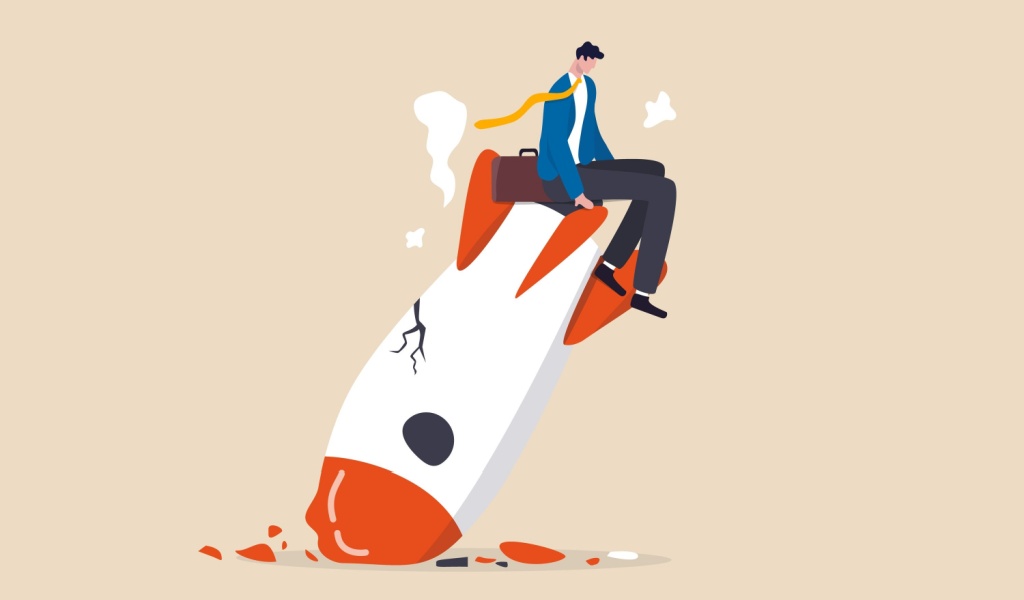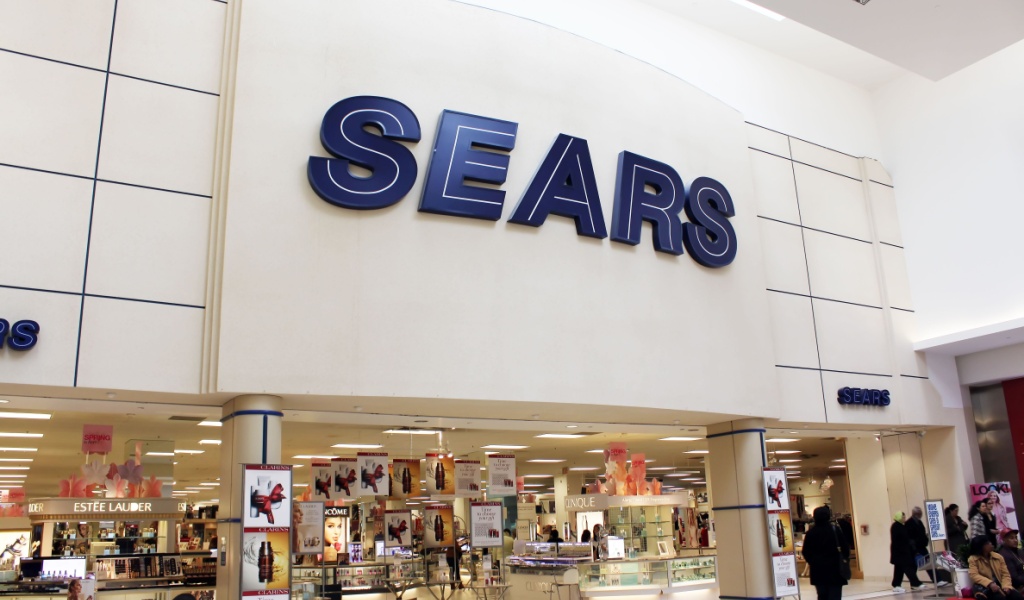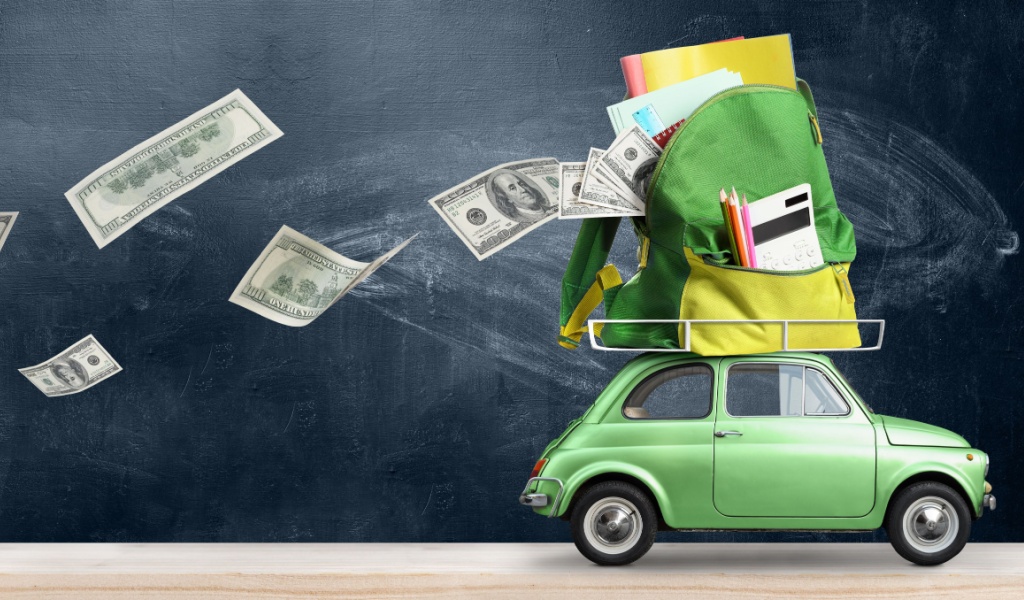In the fast-moving business world, companies survive and prosper by their capacity to adapt and stay afloat. From film and photography to mobile phones and trade, history is filled with powerful names who sat way too long on their achievements, only to collapse when change arrived. Let’s explore 12 once-dominant businesses that sank not because they needed resources, but because they couldn’t, or wouldn’t, transform.

Nokia
Nokia once held 40% of the mobile phone market. Its devices were durable, reliable, and seemingly in every household. However, when Apple introduced the iPhone in 2007, the smartphone game transformed forever. Nokia’s biggest mistake? Hanging on to its outdated Symbian operating system and ignoring the adaptation to touchscreens and app-based ecosystems. By the time it began to change direction, the party was already at full capacity! Microsoft purchased Nokia’s phone division in 2013, but the spark had long faded.
Yahoo!
In the early 2000s, Yahoo! was one of the go-to websites on the Internet. It had email, news, search, and content—everything under one roof. However, poor leadership and missed opportunities marked its downfall. It passed on obtaining Google in 2002 for $1 billion. Later, it purchased and wasted Tumblr by failing to develop its ad strategy, and couldn’t compete with Google’s focused innovation. Yahoo! was ultimately sold to Verizon at a fraction of its peak price.
Kodak
Kodak was a well-known brand that was closely associated with photography. In 1975, one of its engineers created the digital camera, but Kodak dropped the idea, fearing it would affect its film business. Instead of considering future trends, Kodak doubled down on a fading market. As digital photography emerged, Kodak fell behind and declared bankruptcy in 2012. Ironically, its failure wasn’t triggered by a lack of vision but by neglecting the future it helped create. This depicts a blind spot of victory.
Blockbuster
In 2000, Blockbuster had a chance to buy Netflix for $50 million but dismissed the idea. It seemed to be a reasonable choice at the time because browsing physical DVD stores still felt irreplaceable. However, as the business moved toward streaming, Blockbuster failed to adapt. Its dependency on physical stores and income from late fees made its business model old-fashioned, and by 2010, the company declared bankruptcy. Meanwhile, Netflix has grown into a multibillion-dollar empire, and Blockbuster has become a thing of the past. A $50 million mistake cost them their entire business!
Toys ‘R’ Us
Toys ‘R’ Us used to be every kid’s dream and every parent’s weekend terror. However, Toys “R” Us was left on the curb as toy shopping shifted online. A poorly conceived contract with Amazon stopped them from evolving their e-commerce section until it was too late. Coupled with lots of debt and changing customer behavior, the brand declared bankruptcy in 2017. The message was unequivocal: Nostalgia alone can’t save a business. Toy ‘R’ Us failed to play its own online game well.
Pan Am
Pan Am was once the essence of elite air travel, setting standards with innovations like computerized booking methods, jumbo jets, and hi-tech branding. However, the airline industry’s deregulation in the late 1970s interrupted the whole system. More vigilant, budget-conscious rivals soon began to challenge Pan Am’s dominance. Burdened by heavy overheads, functional inefficiencies, and struggling to adjust pricing and operations, the business couldn’t keep up and eventually closed in 1991. Pan Am was flying too high to notice it was on the path to a crash landing!

Sears
Sears once conquered American retail with a revolutionary mail-order catalog—many even called it the Amazon of its time! However, while Amazon spearheaded the digital transformation, Sears didn’t follow suit. It didn’t invest in e-commerce, disregarded its stores, and failed to modernize its logistics. A slow, disorganized reaction to the digital economy resulted in its bankruptcy in 2018. As a result, the retail giant was brought down by inertia. Failure to evolve led to Sears’ downfall.
BlackBerry
During its peak, BlackBerry was the smartphone of choice for business leaders and government officials. Its physical keyboard was exceptional. However, as the iPhone and Android phones developed, so did customer expectations. Touchscreens, sleek interfaces, and app stores became the norm. BlackBerry stuck to its bulky design and limited app support for too long and ultimately bit the dust when newer technologies swept past. Finally, this innovative, most magnificent keyboard led to nowhere.
RadioShack
RadioShack was once the go-to spot for electronics and DIY tech fanatics. However, as customer electronics became more user-friendly and online shopping began to rise, RadioShack lost its position. Rather than innovating, it expanded fast with little direction, confusing customers about its identity. It declared bankruptcy in 2015 and again in 2017, fading into worthlessness while Best Buy and Amazon improved and prospered.
Borders
Once the chief of American bookstores, Borders made one of the most bizarre strategic decisions in trade history: it outsourced its e-commerce platform to Amazon in 2001. Instead of investing in its online presence, it authorized its soon-to-be largest competitor. Due to a combination of this and poor adaptation to eBooks and digital reading trends, Borders went out of business in 2011. Meanwhile, Amazon grew into a massive retailer. Borders had outsourced its own future.
MySpace
Before Facebook, there was MySpace, the social media platform that allowed you to tailor your profile with music, glitter graphics, and HTML. It ruled in the early 2000s but failed to progress. The disorganized interface, poor customer experience, and a lack of innovation opened the door for Facebook’s clean, scalable model. MySpace finally lost its consumers and relevance, serving now merely as a case study in digital downfall, simply because this social network wasn’t ready to evolve.
Polaroid
Polaroid was a revolutionary in the field of instant photography. However, Polaroid stuck to film when digital cameras took over, hoping nostalgia would keep it alive. While its foray into the digital field eventually came, it never dedicated itself or innovated significantly. At the end, by the time Instagram gained popularity, Polaroid had already filed for bankruptcy twice.
The Common Lesson: Embrace Flexibility Despite Professional Success
Among all these stories, one lesson is clear: past achievements can blind a company to future perils. Innovation doesn’t just mean creating something new; it’s about identifying shifts in the market and being bold enough to pivot. Whether accepting digitalization, adjusting business models, or simply listening to evolving consumer requirements, adaptability is no longer optional.
As technology accelerates and disruption becomes the norm, businesses that stick to outdated methods risk becoming footnotes in business history. Let these cautionary stories be a reminder to all of us: either innovate, or evaporate!



